A Famous Kid and A Pediatric Cancer Researcher Who Learned From Him – And What Those Lessons Might Mean for Future Pediatric Cancer Treatment
It was an inspirational story that was tough to miss: Tyler Trent, Purdue student and Boilermaker superfan, battling a cancer that would prove fatal, and doing so with grace, poise, and character that belied his 20 years. His story has been told during countless television pieces, and social media posts, and even a book. Behind the scenes, though, Tyler made a decision that could potentially mean lifesaving treatment in years to come for others faced with aggressive cancers. He agreed to be treated by a team of professionals that would try a precision oncology approach, with genomics front and center, to test what could potentially work for others in the future. The medical team hoped to learn ways to minimize the long-term effects from a wide range of cancers for those who survive.
One member of the team that worked with Tyler, and got to know his family, too, was Dr. Jamie Renbarger, a six-time St. Baldrick’s Foundation shavee and Division Chief of hematology/oncology at Riley Hospital for Children at Indiana University Health. During her nearly twenty years as a pediatric cancer doctor and researcher, Dr. Renbarger has learned a few things about genomics, about targeted, precision therapies – like those tried with Tyler – and about how research can lead to unexpected discoveries.
_785px.jpg) Dr. Jamie Renbarger has her head shaved at a St. Baldrick’s event.
Dr. Jamie Renbarger has her head shaved at a St. Baldrick’s event.
Two Canadian Pediatric Cancer Researchers Share 2019 US/Canada Arceci Award
“Same old, same old … doesn’t count.” Bob Arceci didn’t think that old methods were going to tackle pediatric cancers. As you can hear him talk about in this video, he was looking for new ideas, for thinking that wasn’t just “out of the box,” but never really in the box in the first place.
 Drs. Shlien and Daugaard accept the Robert J. Arceci Innovation Award.
Drs. Shlien and Daugaard accept the Robert J. Arceci Innovation Award.
And the International Arceci Award Goes to…
Usually, we pick one international winner of the Robert J. Arceci Innovation Award, but what happens when there are two equally deserving researchers with big ideas and big hearts for kids with cancer? Read on to find out!
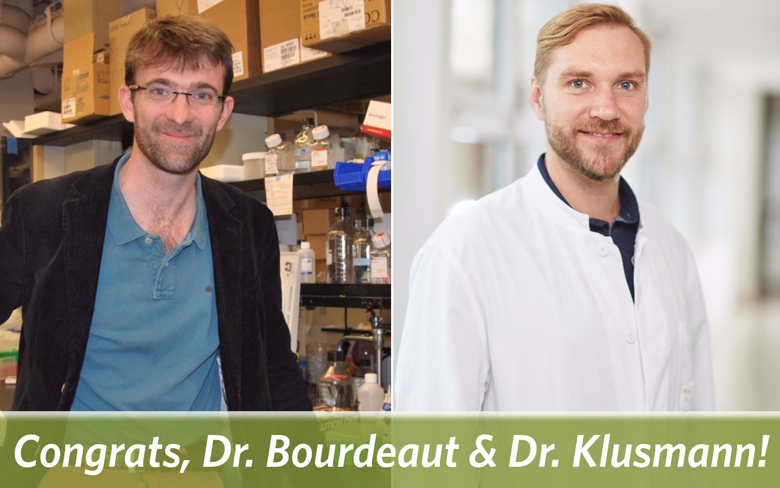
After being nominated for the International Robert J. Arceci Innovation Award, (left) Dr. Franck Bourdeaut and (right) Dr. Jan-Henning Klusmann were both selected by a committee of experts and are being presented with the award today at the annual conference for the International Society of Paediatric Oncology.
Dr. Robert Arceci was a passionate innovator who dreamed big. He was a pioneer who knew that kids with cancer deserve better than what doctors can offer them and that breakthroughs are born from taking risks.
That’s why the international winner of the award established in his memory – the Robert J. Arceci Innovation Award – is given the resources and the freedom to follow their curiosity, pioneering spirit, and their passion for kids’ cancer research, wherever it leads.
Except this year, it’s winners of the Robert J. Arceci Innovation Award!
Stop, Collaborate and Listen: How Teamwork Makes the Dream Team Work
Formerly known as the St. Baldrick’s – Stand Up to Cancer Pediatric Cancer Dream Team, this team is now the St. Baldrick’s EPICC Team (Empowering Pediatric Immunotherapies for Childhood Cancer).
When people come together for a cause, incredible things happen. That’s true for St. Baldrick’s head-shaving events AND for the lifesaving work done by St. Baldrick’s researchers, especially the Stand Up To Cancer – St. Baldrick’s Pediatric Dream Team. As they say, teamwork makes the dream work! Read on to learn more about how cooperation and sharing between these researchers means big advances for kids with cancer.
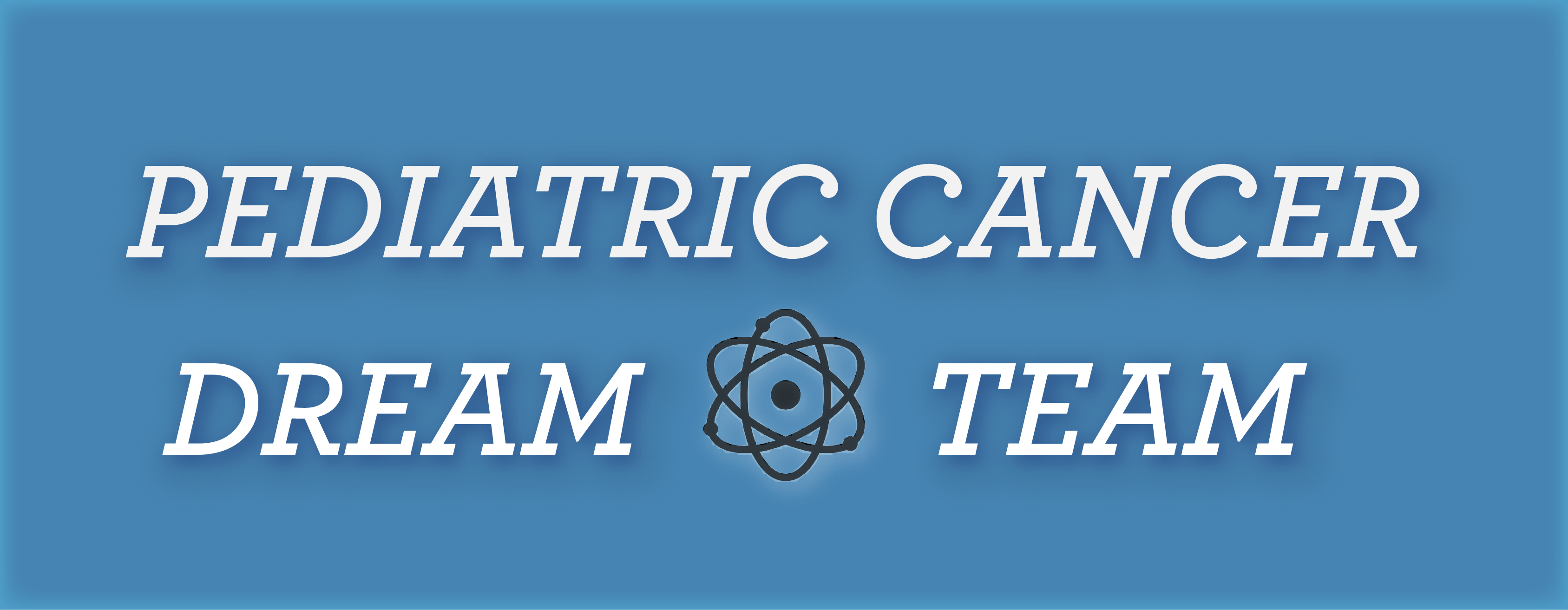
They say two heads are better than one. But what about 149? That is how many brilliant brains are working together to conquer childhood cancers as part of the SU2C – St. Baldrick’s Pediatric Cancer Dream Team.
And it’s that cooperation that’s accelerating progress for kids and laying the foundation for better treatments and for cures, said Dr. Crystal Mackall and Dr. John Maris, co-leaders of the Dream Team.
Introducing the First International Robert J. Arceci Innovation Award Winner [VIDEO]
Instead of being bound to a specific project, researchers who receive the Robert J. Arceci Innovation Award are given the resources and the freedom to go wherever their curiosity, pioneering spirit, and passion for kids’ cancer research takes them — and the newest awardee, London’s Dr. Sam Behjati, has those three characteristics in spades. Read on (and watch the video!) for more about this innovative award and its first international winner.
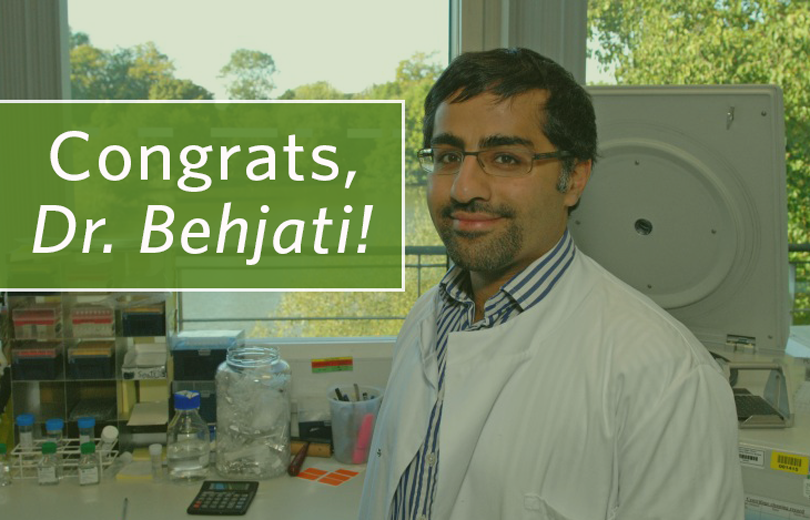
Where do cancer tumors come from?
That is the question that gets Dr. Sam Behjati’s gears turning. It keeps the researcher combing through genes in his lab near London. It’s the question he wants to answer to help kids with cancer.
And as the first international winner of the Robert J. Arceci Innovation Award, it’s a question Dr. Behjati can now explore freely — wherever it may take him.
The Dream Team’s First Year
Formerly known as the St. Baldrick’s – Stand Up to Cancer Pediatric Cancer Dream Team, this team is now the St. Baldrick’s EPICC Team (Empowering Pediatric Immunotherapies for Childhood Cancer).

The review took place at The Children’s Hospital of Philadelphia (CHOP), and reporting for the Dream Team were co-leaders Dr. John M. Maris, director of the Center for Childhood Cancer Research at CHOP, and Dr. Crystal Mackall, chief of the Pediatric Oncology Branch of the National Cancer Institute (NCI).
The review panel included representatives from Stand Up to Cancer (SU2C), our partner in making this $14.5 million grant; the American Association for Cancer Research (AACR); and of course St. Baldrick’s.
I am excited to report that this Dream Team seems to be making more rapid progress than most. This is partly due to the fact that researchers in childhood cancer are more accustomed to working with colleagues from multiple institutions than are researchers in the adult oncology world.
What Is Genomics?

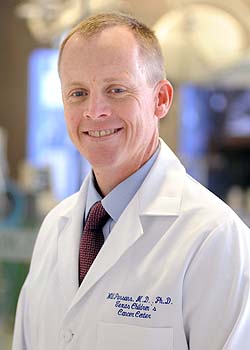
Dr. Parsons, a genomics expert on the Stand Up To Cancer – St. Baldrick’s Pediatric Cancer Dream Team*.
For example, we know that childhood cancer is caused by genetic mutations. What we don’t know is how or why most of those mutations occur.
And we’re still trying to figure out what the mutations mean — in terms of the cancer and its ability to thrive, and in terms of our bodies and their ability to overcome disease.
That’s the focus of genomics, explains Dr. Donald Parsons, the principal investigator at Baylor College of Medicine for the Stand Up To Cancer – St. Baldrick’s Pediatric Cancer Dream Team*.
“Genomics is the study on a large scale of all the genetic changes that occur in a patient’s DNA,” Dr. Parsons says. “It really tries to look at — in a single patient or across a group of patients — all the different changes that occur and how they might interact with each other.”
Using Chemical Genomics to Develop New Childhood Cancer Therapies

Targeted Gene Therapy Could Yield New Treatments for Ewing Sarcoma
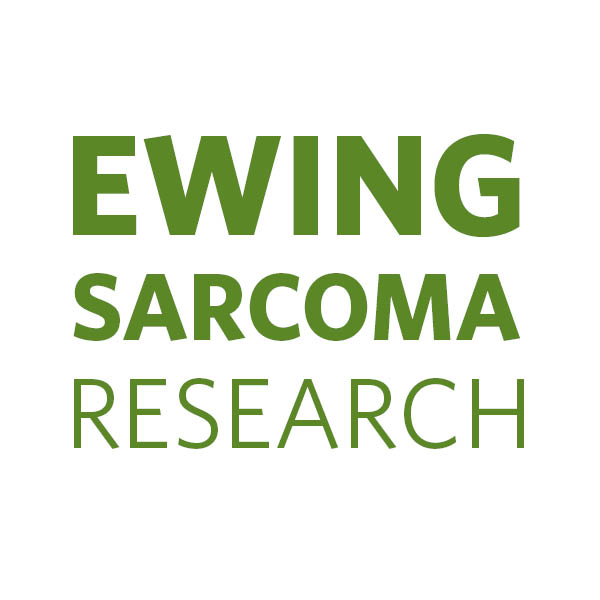
Dr. Choo is also a St. Baldrick’s Fellow, having received a two-year, $123,149 grant for her pediatric oncology research focused on Ewing sarcoma, a bone and soft tissue cancer that occurs in adolescents and young adults.

 SBF
Tweets »
SBF
Tweets »